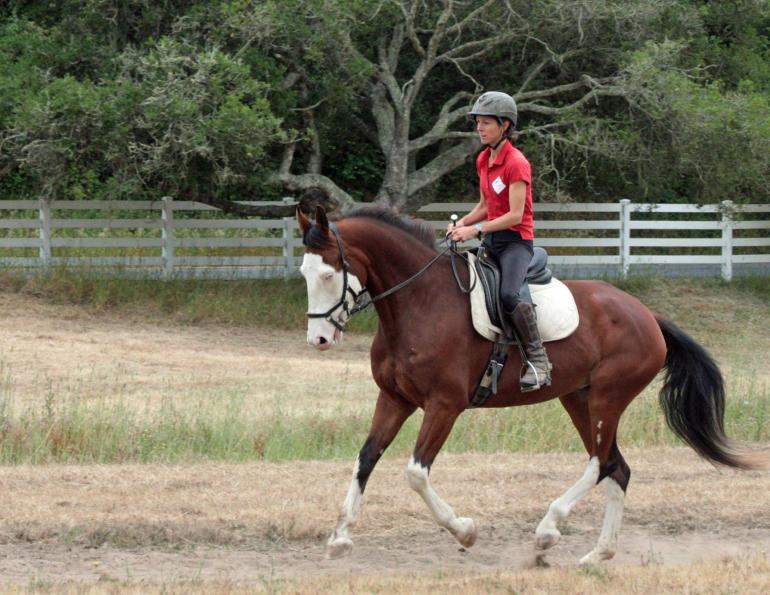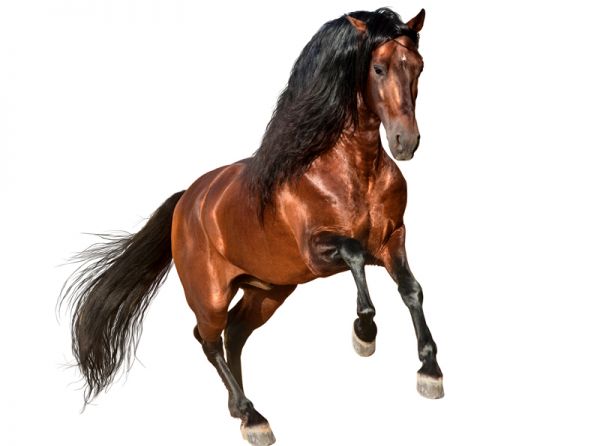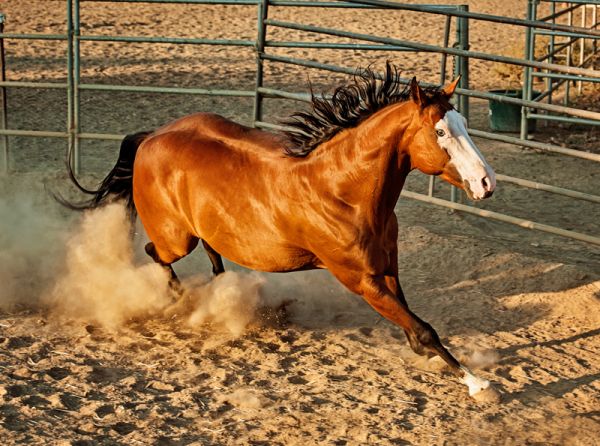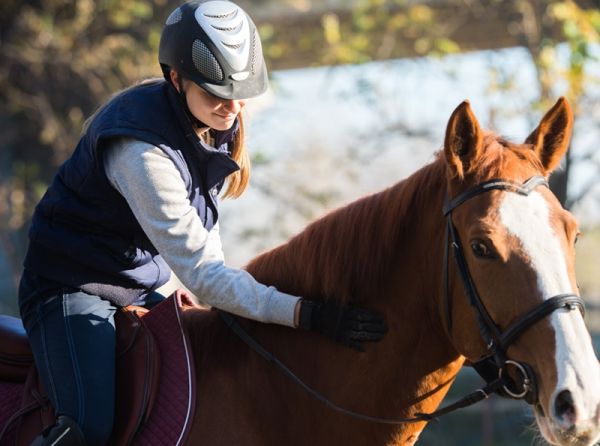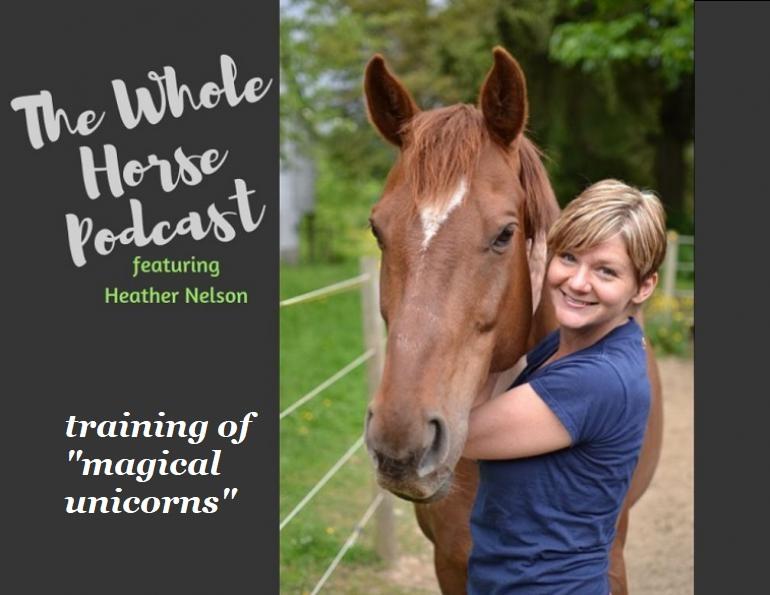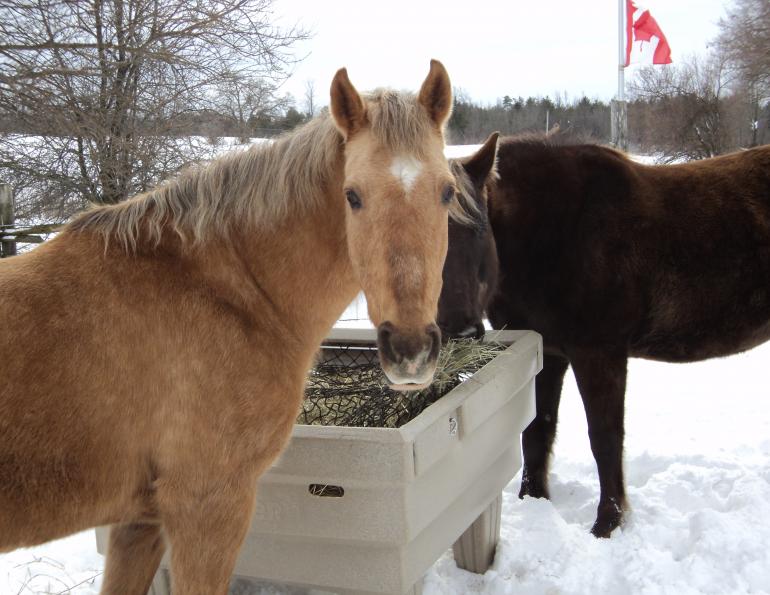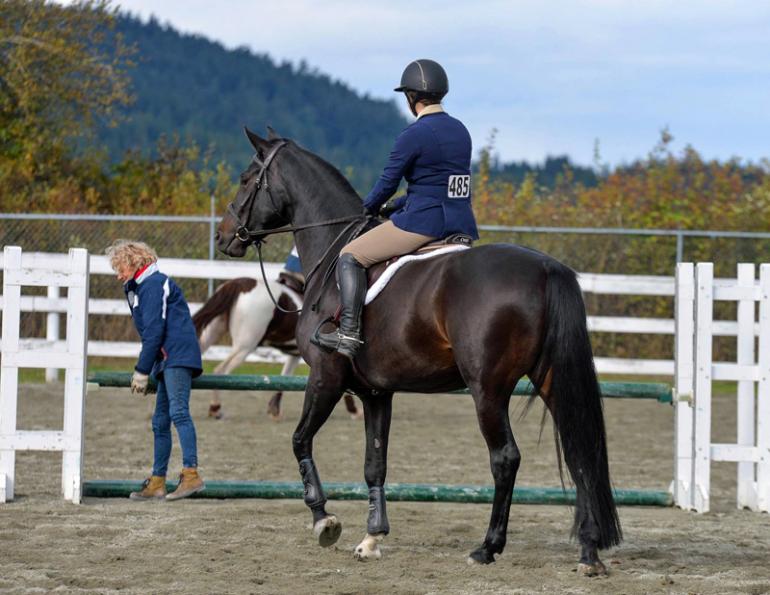By Jec A. Ballou
When Western Dressage first established itself, we instructors struggled to describe the requirements of a “working lope” clearly enough for students. We wanted to be sure to differentiate it from the stilted gaits seen in the Western Pleasure discipline, and yet it was also not the animated jumping-across-the-ground canter of the traditional dressage world.
It should have springiness and energy, we told students, but not excessive speed. The horse should be adequately on the bit and lifting his back but maintaining the obedience and calmness seen in reining horses.
So, what exactly might that feel like? In the past year, hopefully without disparaging my classical dressage roots by foregoing high falutin’ descriptions, I have landed on a darn useful description.
When trail riding her often-spirited Andalusian, a former student of mine used to praise the moments when cantering along a ridgeline she felt like everything was so smooth and calm and rhythmic that she could eat her lunch in stride.
I began to think of this as the sandwich test. If you and your horse were balanced and rhythmic enough to proceed with the reins in one hand while the other brought a sandwich to your mouth, you had a working lope. You should feel that you are decidedly traveling over the ground rather than grinding along and the horse should carry you on a softly engaged back that gives you a smooth enough ride to savour your sandwich.
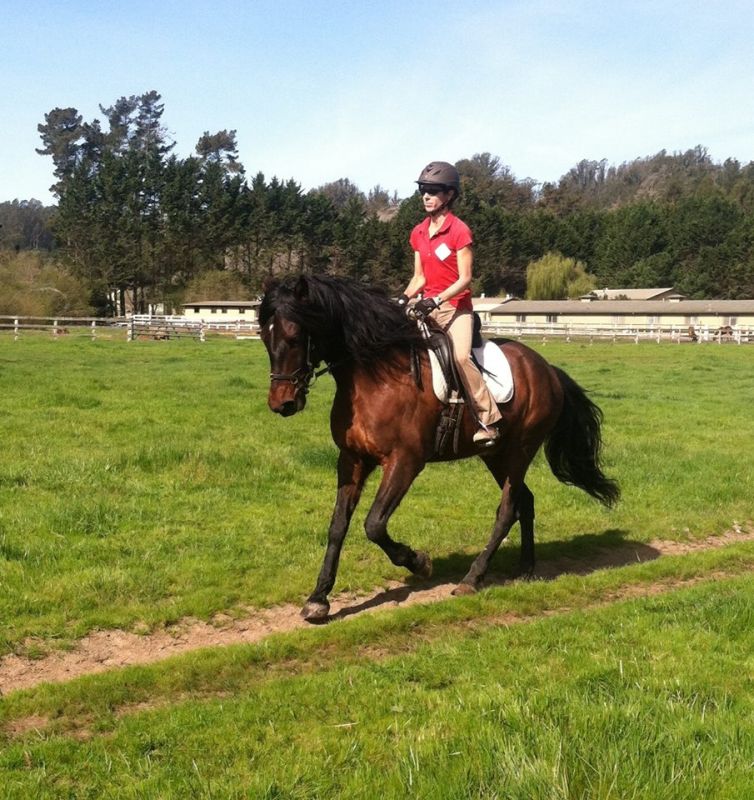
Some horses are gifted with a balanced lope from the start. In my experience, though, most are not this naturally blessed, and the rider must invest a certain amount of effort to make the gait what we desire. Below are some of my tips for doing so, because as you have read in previous postings, I am a huge advocate of ample time spent cantering. It does wonderful things for the horse’s body. And while those wonders are happening, I suggest you think about your favorite kind of sandwich to put it all to the test.
Tips for improving the canter:
- Don’t overlook the effectiveness of a two-seat position. If your horse has a hurried or bone-rattling canter, don’t try to force yourself in to an elegant dressage position; help him out by riding in a lighter two-point position until he learns to canter with a lifted back and only then adopt a deeper seat.
- Don’t get stuck on the circle. As soon as you’re able, intersperse circles (or half-circles) and straight lines. This progresses a horse’s balance much quicker and helps him achieve self-carriage.
- The horse needs to breathe. For horses that hold their breath in the canter, the gait will always be rigid and hard to ride. If you can feel the horse holding his breath, or you hear him grunting instead of exhaling on the downbeat, ask him to work harder for 30 seconds and then stop completely and give him a loose rein to offer him a chance to let out his air. Many horses will at this point sigh or blow through their noses. If not, gather the reins and go back immediately to cantering for another 30 second bout and repeat.
- If your horse has a sluggish lope/canter, use cavalletti in your daily routines to create more “jump” in the stride. Place single poles on the ground spaced randomly around your arena.
- Don’t assume that if YOU have anxiety about the canter your horse also does. Likewise, do not assume without reliable data that the canter is more difficult for your horse than other gaits. Using a heart rate monitor can tell you just how hard he finds the canter, or not.
Related: The Basics of Showing in Western Pleasure
Photos courtesy of Jec A. Ballou.



